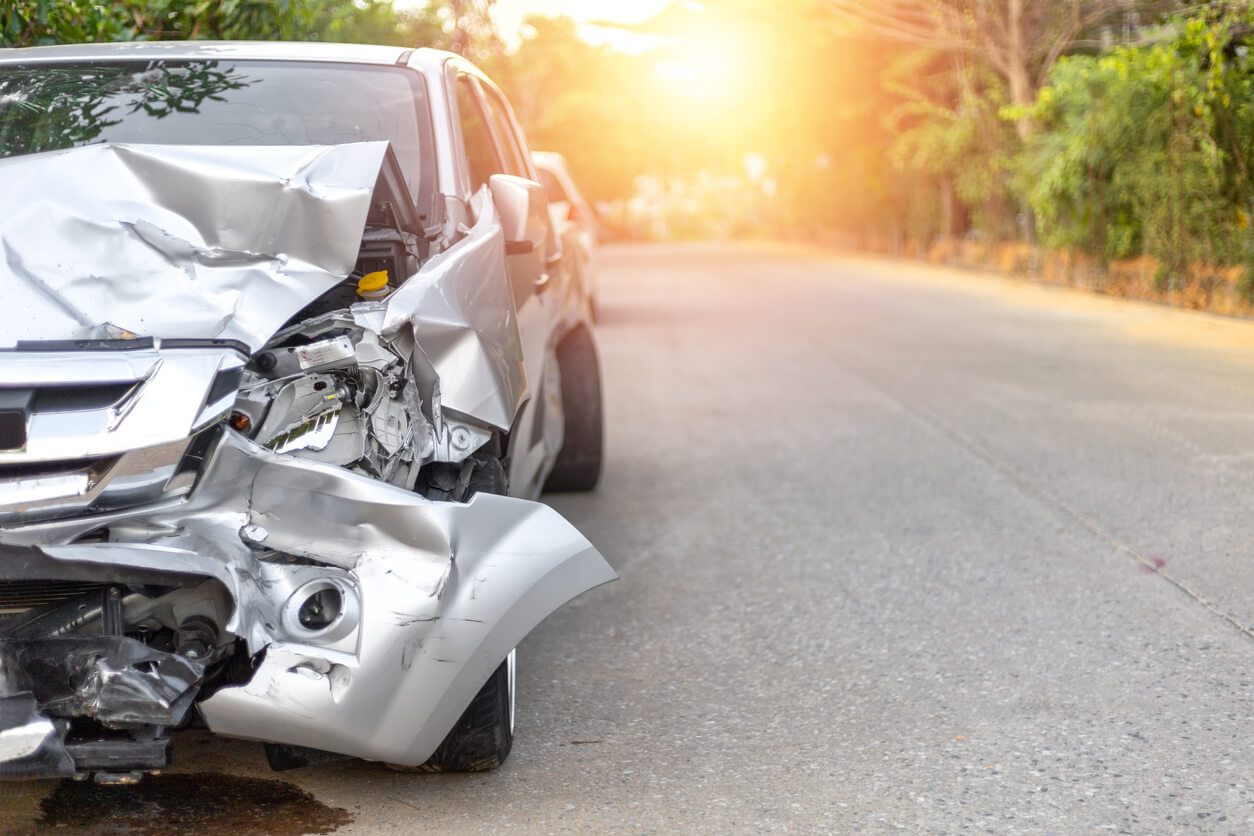Insurance laws are complicated and yet they must be understood, especially if you have been injured in a car accident. The governing insurance laws in the state where the accident occurred will dictate if and how you are able to recover compensation for your losses. For instance, whether the state is a “fault” or “no fault state” may have a significant impact on your insurance claims. Understanding what it means for a state to be “fault” or “no fault” will also help you navigate the claims process.
No-Fault or Fault State?
There are 12 states in the U.S. that are considered to be “no-fault” states for auto insurance accident claim purposes. No-fault states require all drivers to carry personal injury protection (PIP) auto insurance. In a no-fault state, a driver injured in an auto accident first seeks compensation for losses under the PIP policy, regardless of who is at fault for causing the accident. Supporters for no-fault insurance law emphasize that this allows for accident victims to more easily receive compensation for damages. Their own insurance policy will cover losses up to the policy limits in place regardless of who was at fault for causing the crash. Fault would only need to be assigned if the person’s injuries exceeded PIP policy limits and a personal injury claim was needed. Drivers, however, are only able to file a personal injury claim if injuries are severe, permanent, or fatal. Critics of the no-fault system say that it is unnecessarily expensive as most drivers carry health insurance coverage that would pay out for their injuries.
California is not a no-fault state. California is one of the 38 states considered to be a fault state, otherwise known as a “tort state.” In a fault state, the person responsible for causing a car accident must pay for the resulting damages. In fault states, anyone who was involved in an accident and sustained losses must file an insurance claim with the insurer for the at fault party. This means that, unlike in “no fault” states, drivers do not file claims with their own insurance company if they intend to have the at-fault carrier pay for all of their damages. However, it is prudent to open a claim with their own insurance company, especially if they have collision coverage, uninsured or underinsured motorist coverage, and their damages exceed the policy limits of the at-fault party.
In California, all drivers are required to carry a minimum of $15,000 in bodily injury insurance per person. For accidents involving more than one person, $30,000 is required coverage. Additionally, drivers are required to carry $5,000 in property damage. You may also want to consider carrying optional coverage such as collision insurance, uninsured or underinsured motorist coverage and medical payments coverage. If you are at-fault in causing a crash and sustained damages, collision coverage may allow you to access compensation for your property damage.
Personal Injury Attorneys
Personal injury laws and related insurance laws are complex but have a significant impact on your ability to recover compensation after an accident. At SoCal Injury Lawyers, we are not only here to answer all of your questions, but we are committed to helping you get the compensation you deserve after an accident. Contact us today.

